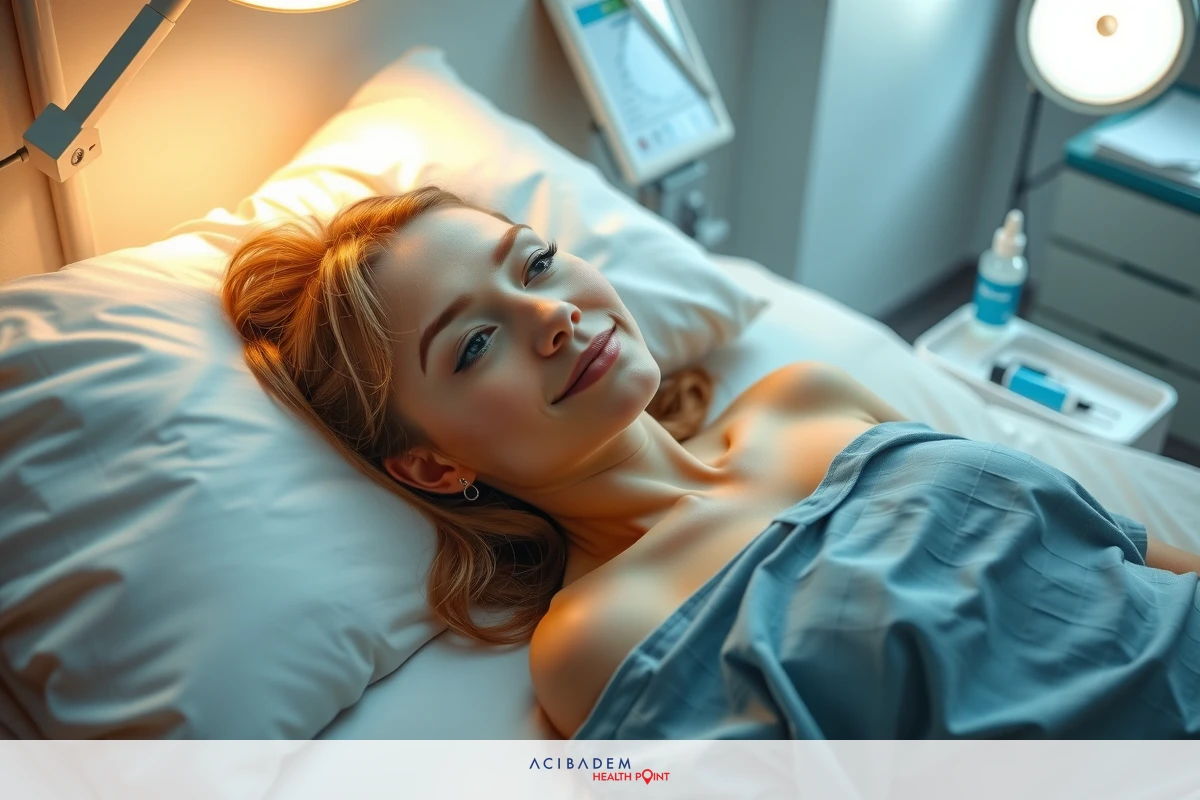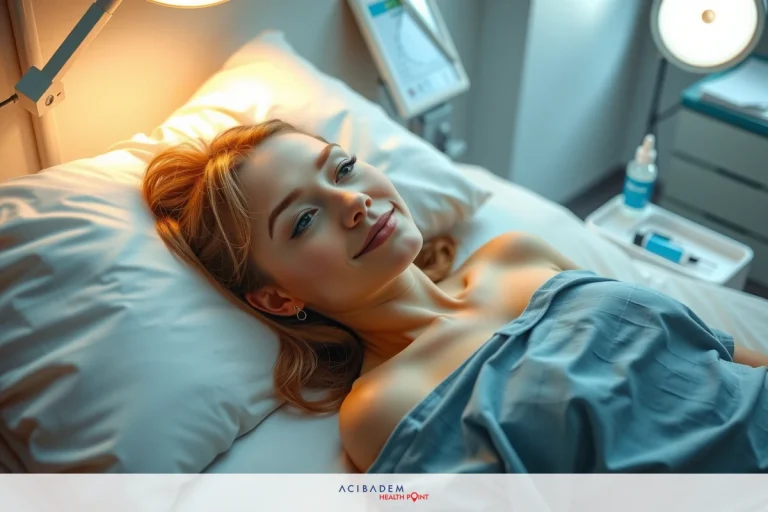Can I Use Eye Drop After Rhinoplasty?
Can I Use Eye Drop After Rhinoplasty? Rhinoplasty often results in temporary dryness or discomfort in the eyes postoperatively. This is where eye drops become important. They act as lubricants to alleviate such symptoms and enhance comfort during recovery.
The question then arises – when can one start using these eye drops? The timeline may vary depending on individual healing processes and doctor’s advice.
Subsequently, correct application technique also becomes paramount for effective usage and minimal complications.
Consulting your insurance company regarding coverage for the cost of these eye drops could be beneficial. It puts you at ease knowing you’re financially covered while focusing on what’s truly essential – healing and returning back to normalcy.
When Can I Start Using Eye Drops?
Navigating the path to recovery after rhinoplasty can be challenging. One of the common questions that arise during this phase is about the use of eye drops. As a patient, understanding when and how to incorporate this into your post-operative care routine becomes critical.
After rhinoplasty surgery, patients often experience dryness or discomfort in their eyes due to anesthesia or alteration in tear production. In such cases, doctors usually recommend using lubricating eye drops as part of the post-operative care regimen. However, it’s important not to rush with their application directly after surgery. The exact timeline for starting usage varies from patient to patient depending on individual healing processes and specific surgical procedures undertaken.
In general practice though, doctors typically allow the use of eye drops 24-72 hours after rhinoplasty once initial swelling subsides and there are no signs of infection or other complications at the surgical site. This timeframe may extend if sutures were used during surgery until they are dissolved or removed by your surgeon.
Following these guidelines ensures safe recovery while maximizing comfort levels during this sensitive period—essential aspects contributing towards successful healing outcomes post-rhinoplasty.
Proper Technique for Applying Eye Drops
Eye drops can be a powerful ally in the recovery process post-rhinoplasty, providing much-needed relief from dryness and discomfort. However, using them correctly is essential to ensure their effectiveness and avoid potential complications.
The technique involves several steps that patients need to follow carefully:
- Start by washing your hands thoroughly with soap and warm water. This step prevents any possible contamination of the eye drop bottle or your eyes.
- Remove the cap from the eye drop bottle without touching the tip, ensuring it remains sterile throughout usage.
- Tilt your head back slightly while sitting or standing up straight.
- Use one hand to pull down your lower eyelid creating a ‘pocket’ where you’ll place the drops.
- Hold the eye drop container above this pocket in your other hand without touching your eye or eyelashes with it.

The image shows a woman lying in a hospital bed, appearing relaxed and comfortable. She is smiling slightly at the camera, suggesting a positive and hopeful atmosphere within the medical setting. - Squeeze gently to dispense one droplet into this pocket, taking care not to blink immediately after application.
- Close your eyes softly for 1-2 minutes allowing absorption of medication into ocular tissues effectively.
- If more than one type of drops has been prescribed, maintain at least 5-minute intervals between applications for different medications.
- Recap tightly after each use and store as directed by manufacturer’s instructions maintaining hygiene standards.
Following these steps ensures effective drug delivery leading towards successful healing outcomes post-rhinoplasty surgery while minimizing chances for infection or other adverse events during this sensitive recovery period.
Consulting Your Insurance Company
Navigating the financial landscape of healthcare, particularly in post-operative scenarios like rhinoplasty, can be a complex endeavor. One aspect that often raises questions is about insurance coverage for medications such as eye drops used during recovery. Unveiling this information is crucial to ensure you can focus on what’s truly important – healing and returning back to your normal routine.
It’s advisable to engage directly with your insurance company if you have queries regarding coverage for eye drops post-rhinoplasty surgery. Every insurance policy varies significantly in terms of its coverage, including prescription medication benefits. Therefore, it becomes essential to understand the nuances of your specific plan concerning whether or not it covers costs related to prescribed eye drops needed after rhinoplasty.
In addition to contacting your insurer directly, consider discussing this matter with your healthcare provider or surgeon who may provide guidance based on their experience dealing with different insurance companies and policies. They might also offer suggestions about alternative solutions should the need arise due to lack of adequate coverage from an existing plan. Remember though that ultimately, understanding insurance benefits accurately lies within one’s own responsibility since terms and conditions vary widely across different plans and providers.
Frequently Asked Questions
Can I use my regular eye drops after rhinoplasty?
It's best to consult your surgeon before using any over-the-counter or prescription eye medications post- surgery. They will provide guidance on which products are safe and recommended based on your specific situation.
How often should I apply the prescribed eye drops?
The frequency of application depends on the type of eye drop prescribed and specific instructions given by your doctor. Always stick to these guidelines for optimal recovery.
What should I do if I experience discomfort or an allergic reaction after using the eye drops?
If you notice any adverse effects such as redness, irritation, itchiness, swelling, or other signs of an allergic reaction after applying the eyedrops, discontinue their use immediately and contact your healthcare provider for advice.
Will insurance cover my post-operative care including cost of prescribed eye drops?
Coverage varies significantly among different insurance policies. It is advisable to contact your insurance company directly in order learn about possible coverage scenarios concerning costs related to post-rhinoplasty care including prescribed medications like eye drops.











